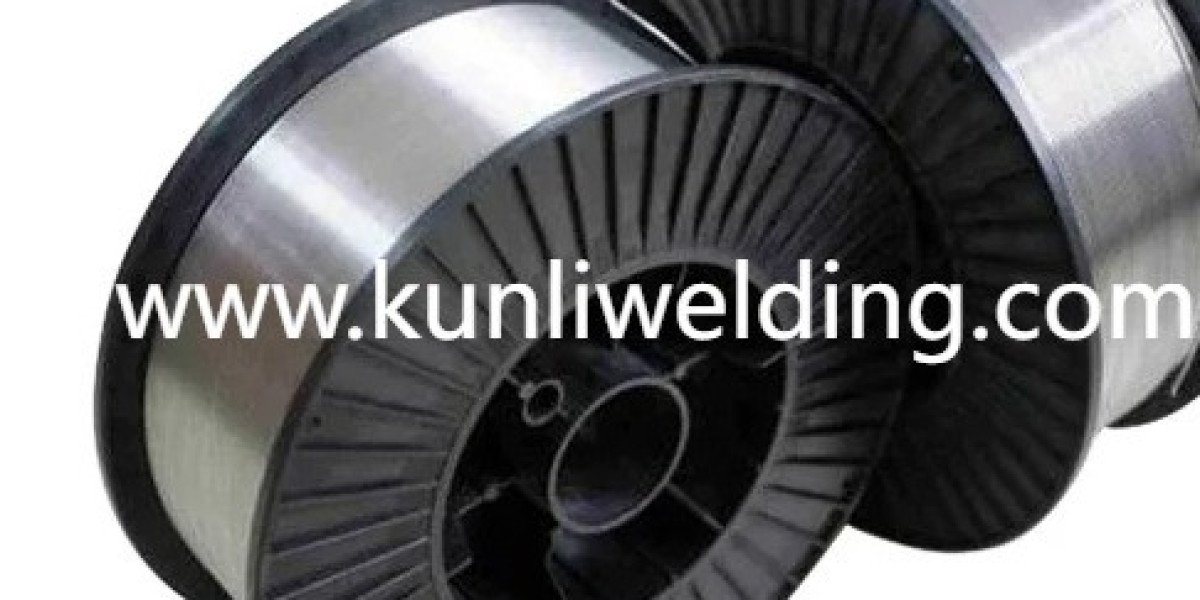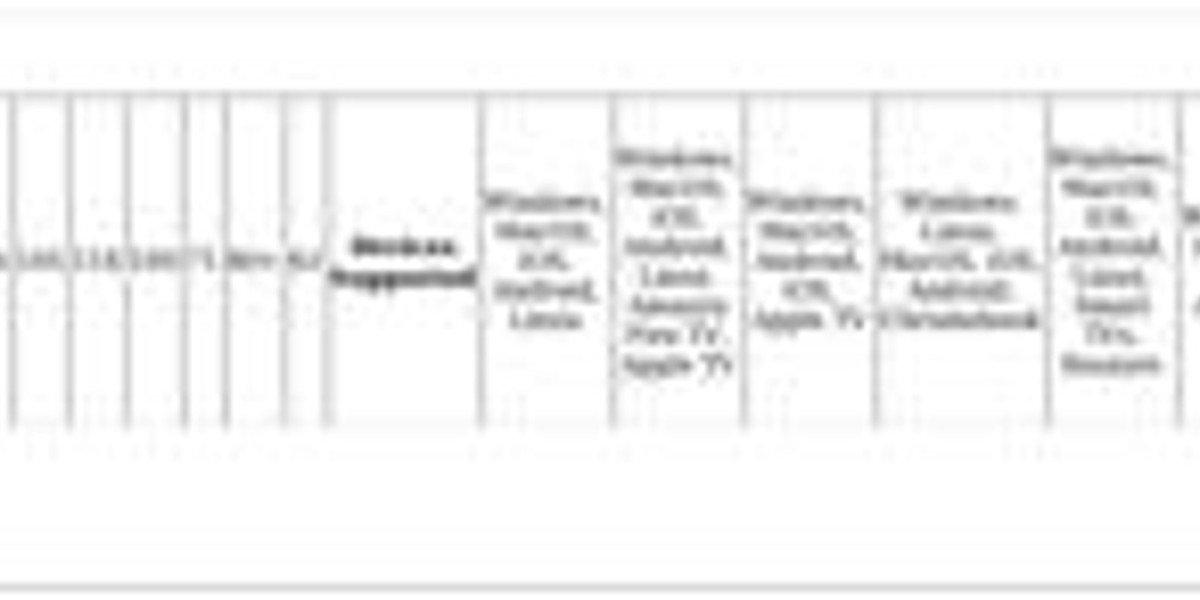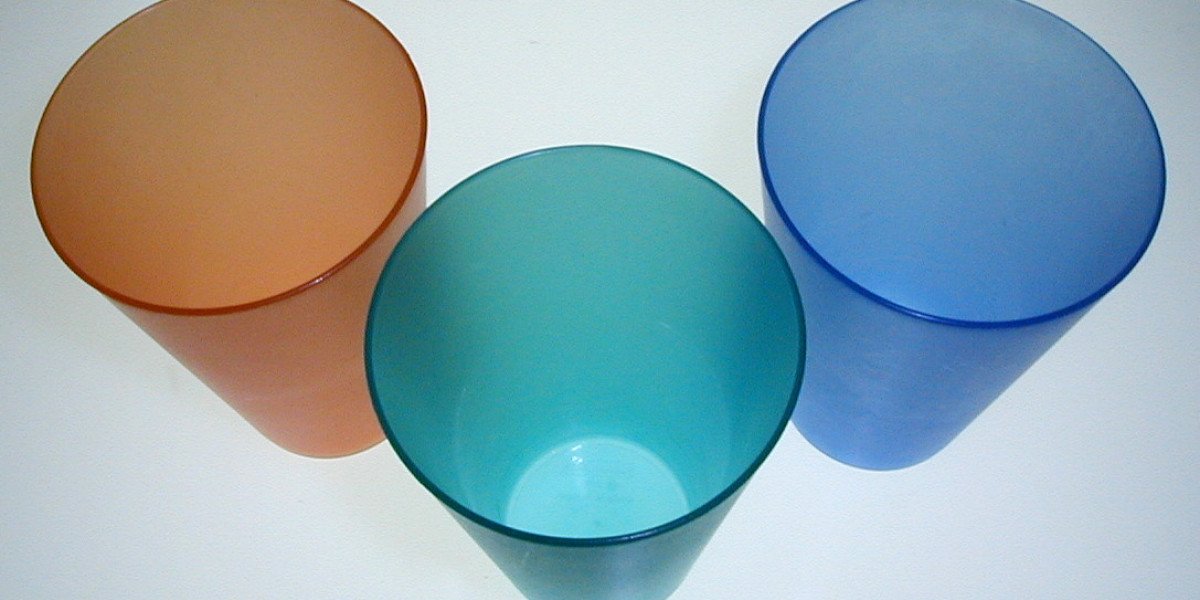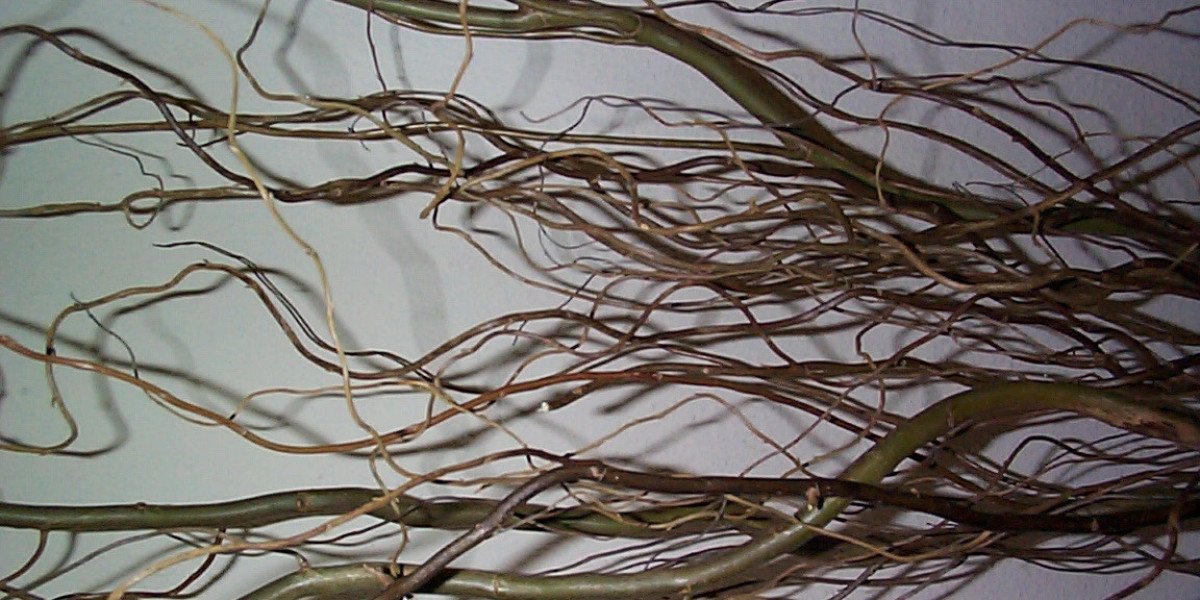As manufacturers worldwide pursue lighter structures and tighter efficiency targets, Aluminum Mig Wire Manufacturersin China are increasingly on procurement radars for their production capacity and evolving product support. Meeting the demanding needs of aerospace and automotive programs requires more than volume; it requires traceable production, predictable feedability, and practical supplier collaboration so pilot trials turn into steady supply.
Aerospace assemblies emphasize reproducibility and traceability. Fabricators need wire that arrives with documentation tying each spool to a production batch and basic in house checks. That traceability matters when a sample test shows unexpected behavior and teams must determine whether the root cause is material, process, or handling. Chinese producers that provide clear lot notes and handling guidance help engineering teams shorten investigation time and focus on corrective measures that avoid halting production.
Automotive programs present different pressures: rapid ramp rates, high throughput cells, and an increasing share of lightweight and electrified components. Wire feed reliability is central in these environments. Aluminum wire behaves differently than other metals in feed systems; small mismatches in liner or adapter geometry lead to bird nests or kinks that stop lines. Suppliers who publish feeder notes and offer compatible spool adapters reduce setup time on the shop floor and lower the chance of mid run interruptions.
Quality control practices in the plant are visible at the dock. Protective packaging that limits moisture ingress and mechanical damage preserves coil surface condition, which in turn reduces porosity risk during welding. Buyers that specify packaging expectations and require visible spool markings find it easier to match incoming materials to paperwork and run a meaningful pilot without extensive repacking or cleaning. That small contractual detail shrinks delays and protects assembly schedules.
Pilot trials are where supplier claims meet shop reality. A concise pilot script — a bench feed test matching your feeder path, a sample weld reproducing your joint geometry, and photographic evidence of results — provides objective data for acceptance. When procurement includes a staged release clause in purchase terms, suppliers and buyers agree on a path where initial volumes are validated before full shipments are accepted. This staged approach balances commercial terms with process certainty and reduces dispute time if a batch underperforms.
Technical support is a differentiator. Some Chinese manufacturers now add value by supplying application notes, suggested gas settings, and start up parameters that align with common joint types. That guidance is especially useful when engineers are qualifying new alloys or when shops change from one filler family to another. When a vendor like Kunliwelding provides practical handling notes, pilot runs converge faster and acceptance cycles shorten.
Sustainability and sourcing resilience are part of contemporary procurement thinking. Global shifts in logistics and policy make buyers wary of single source dependence. Suppliers who document material origin, scrap handling, and packaging return options make it easier for buyers to include those details in project reporting and risk assessments. When alternate supply lanes become necessary, prior documentation shortens the time needed to qualify new vendors.
Human factors on the shop floor remain decisive. No matter the supplier, operator technique and routine checks shape final results. Regular short sessions on feeder setup, cleaning methods, and gas verification keep teams aligned. Pair those refreshers with an arrival checklist so recent lots are compared against a photographed baseline. These simple habits convert supplier consistency into predictable assembly outcomes.
Communication is the operational glue. Rapid photo exchanges of suspect spools, clear records of pilot parameters, and agreed escalation steps make remediation faster and less costly. Buyers should ask potential partners how they will respond to arrival issues and whether they can provide replacement samples quickly for retesting. Suppliers willing to support a pilot phase with additional samples or handling advice reduce the negotiation friction when acceptance is under review.
Practical procurement documents limit ambiguity. Specify acceptance checks, staged release terms, packaging standards, and responsibilities for return shipping in the purchase order. When parties agree on these practical items up front, a failed pilot becomes an operational task rather than a commercial standoff. That clarity keeps programs moving even as sourcing footprints shift.
To plan a qualification program use supplier product notes as the starting point, then run a short pilot under your feeder and joint conditions. Archive photos, note feeder geometry, and keep the spool marking with the test record so future shipments compare to the same baseline. When suppliers and buyers treat qualification as a pragmatic, evidence driven process, China based wire producers can be integrated into aerospace and automotive supply chains without excessive delay.
For product information and handling guidance that can help build pilot scripts and acceptance checklists consult manufacturer resources. Detailed product pages and application notes are available at https://www.kunliwelding.com/product/aluminum-alloy-wire/aluminum-alloy-welding-wire.html and can serve as reference material to shape practical qualification steps and procurement terms.








